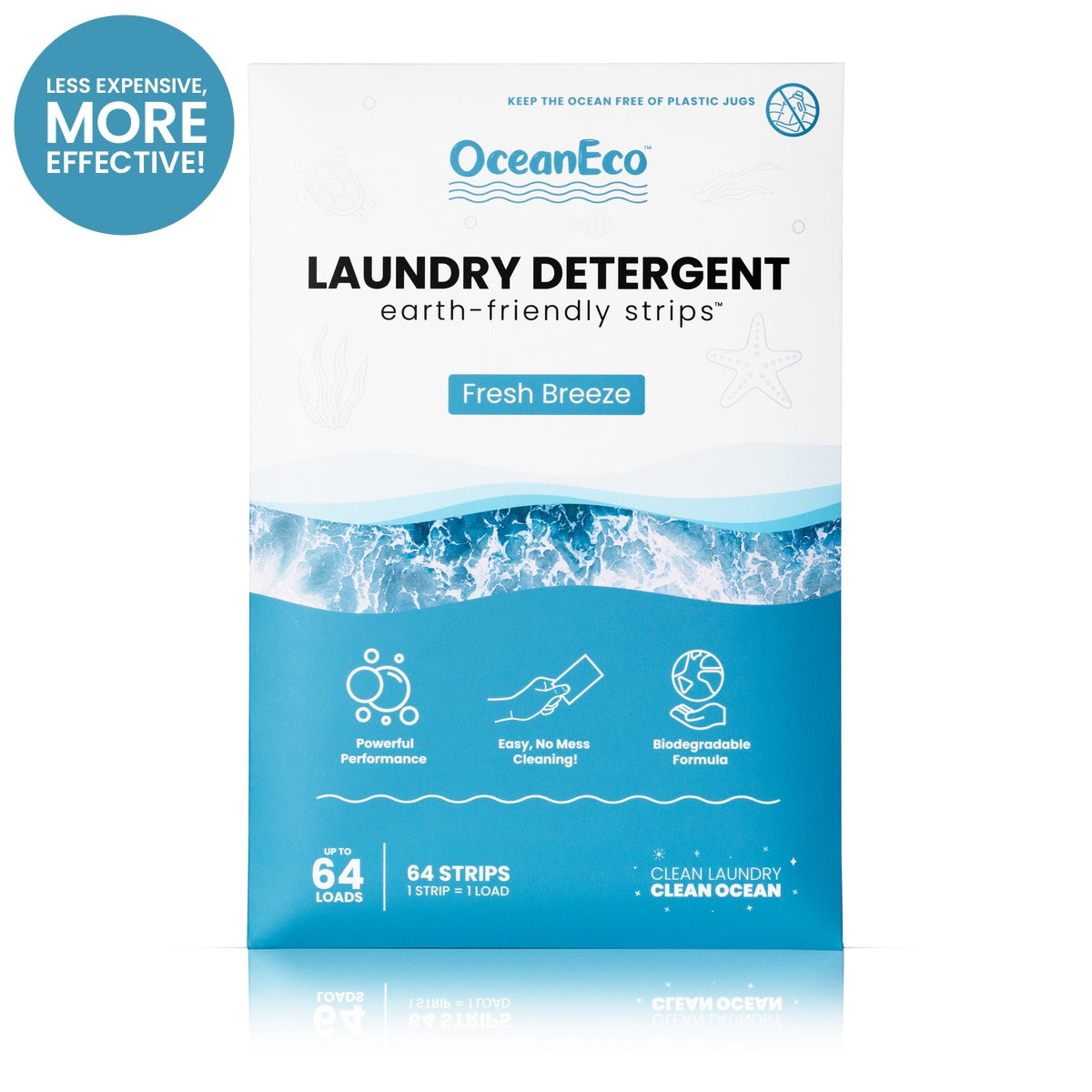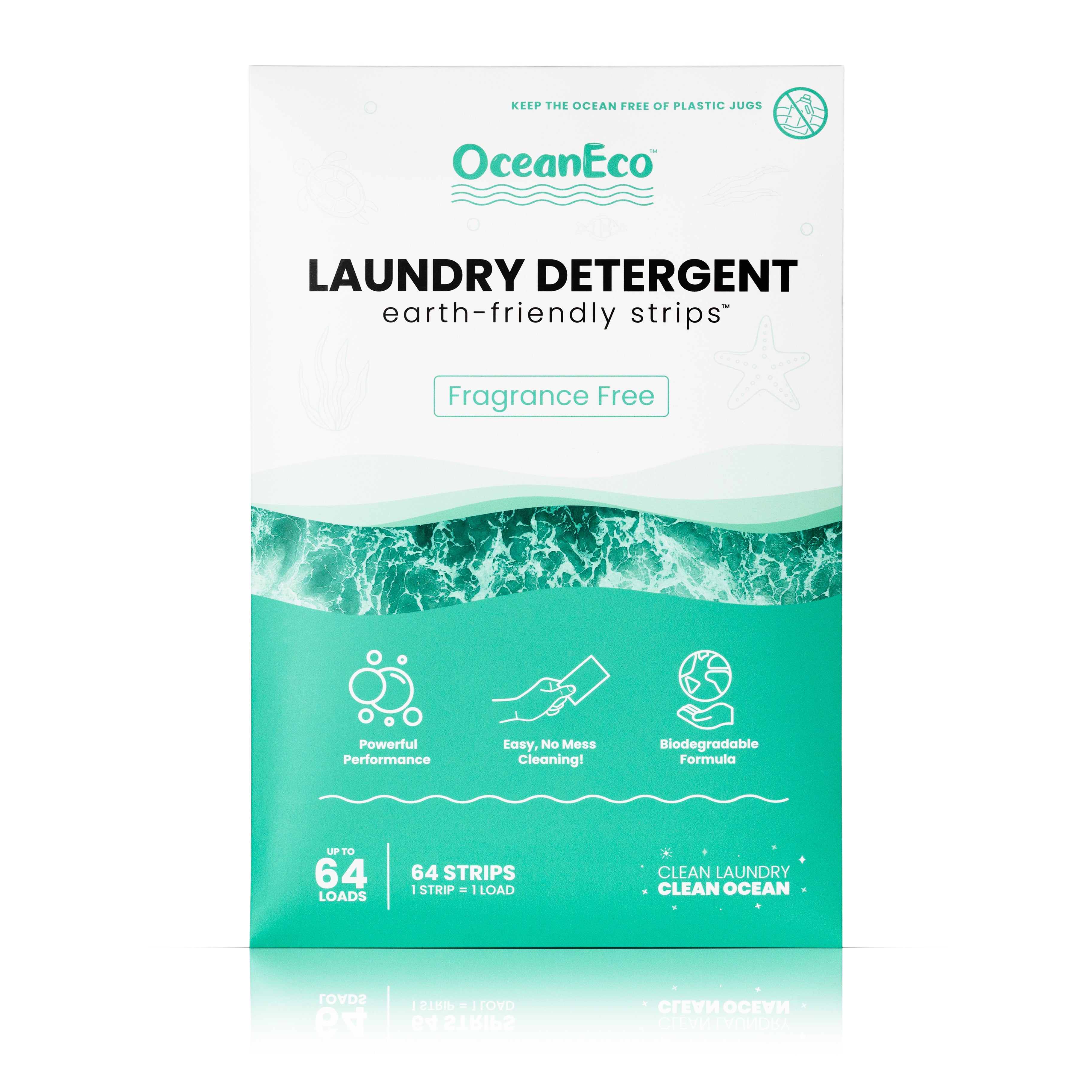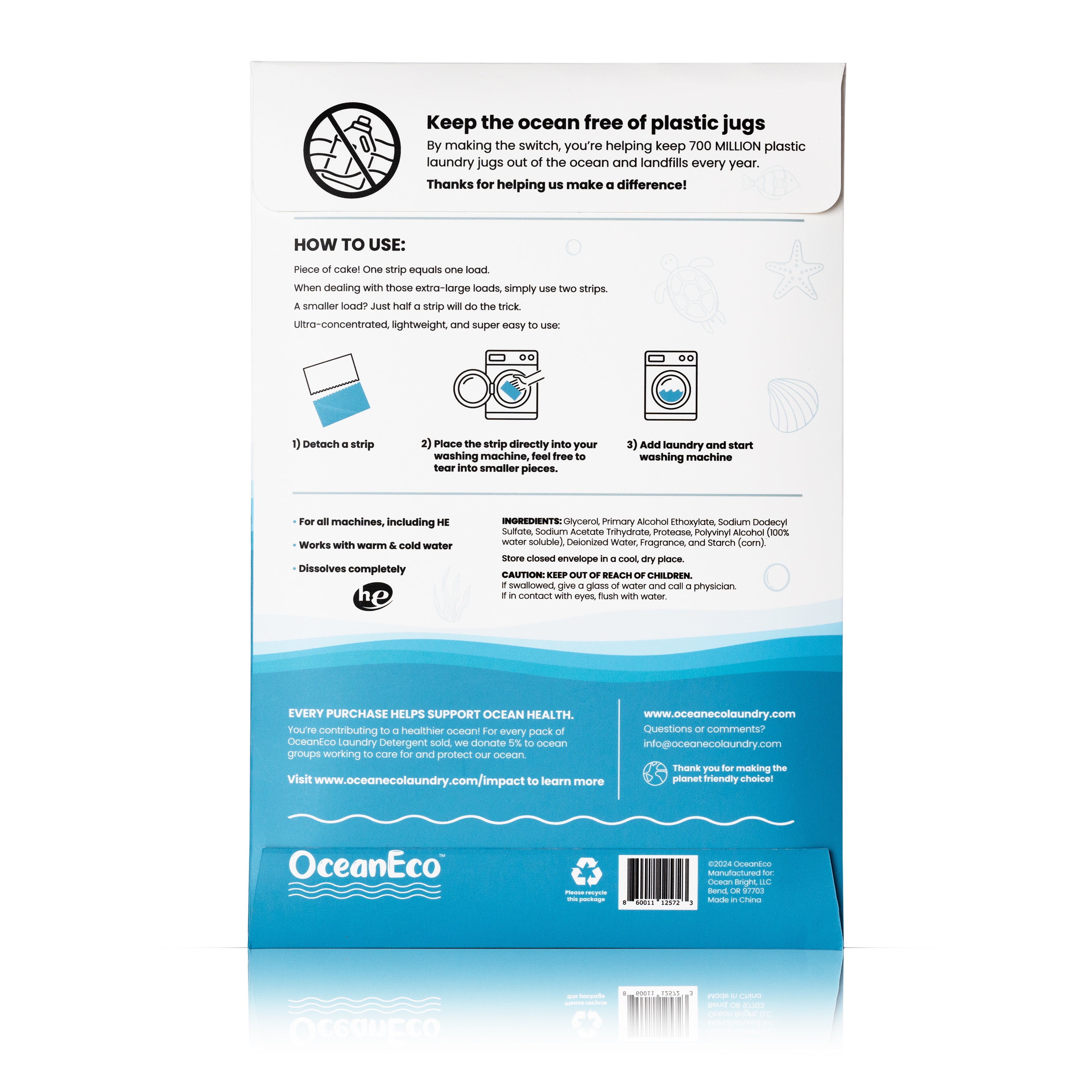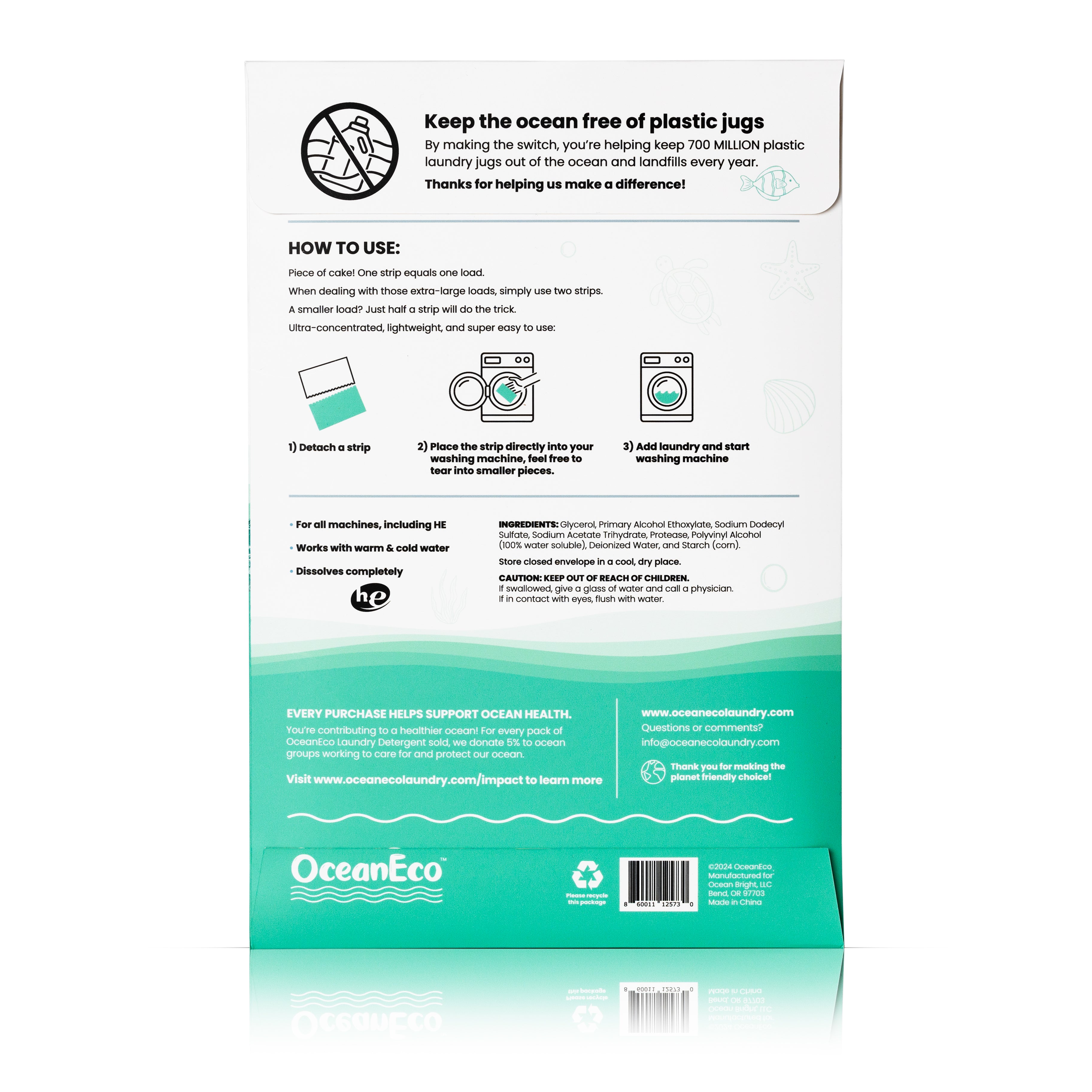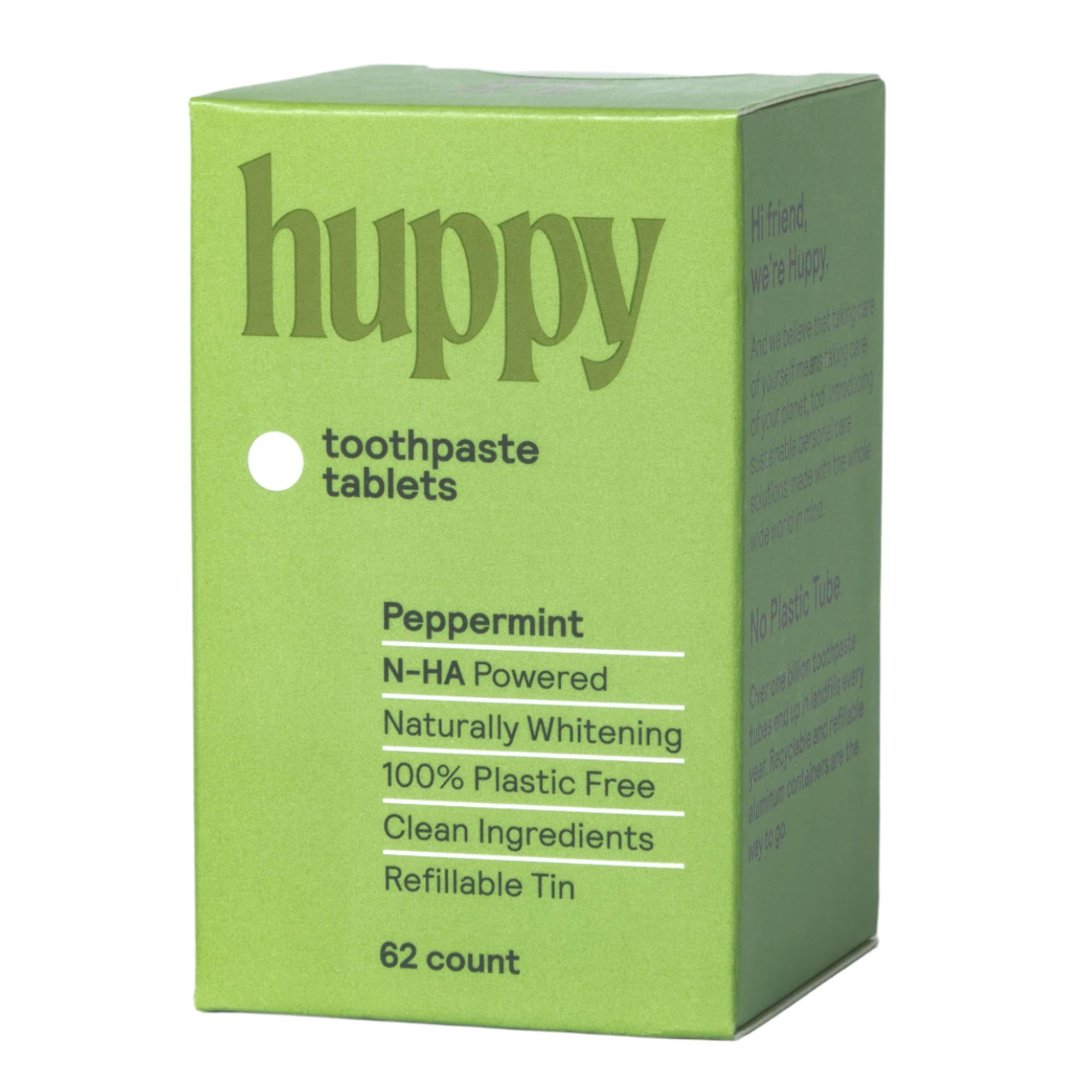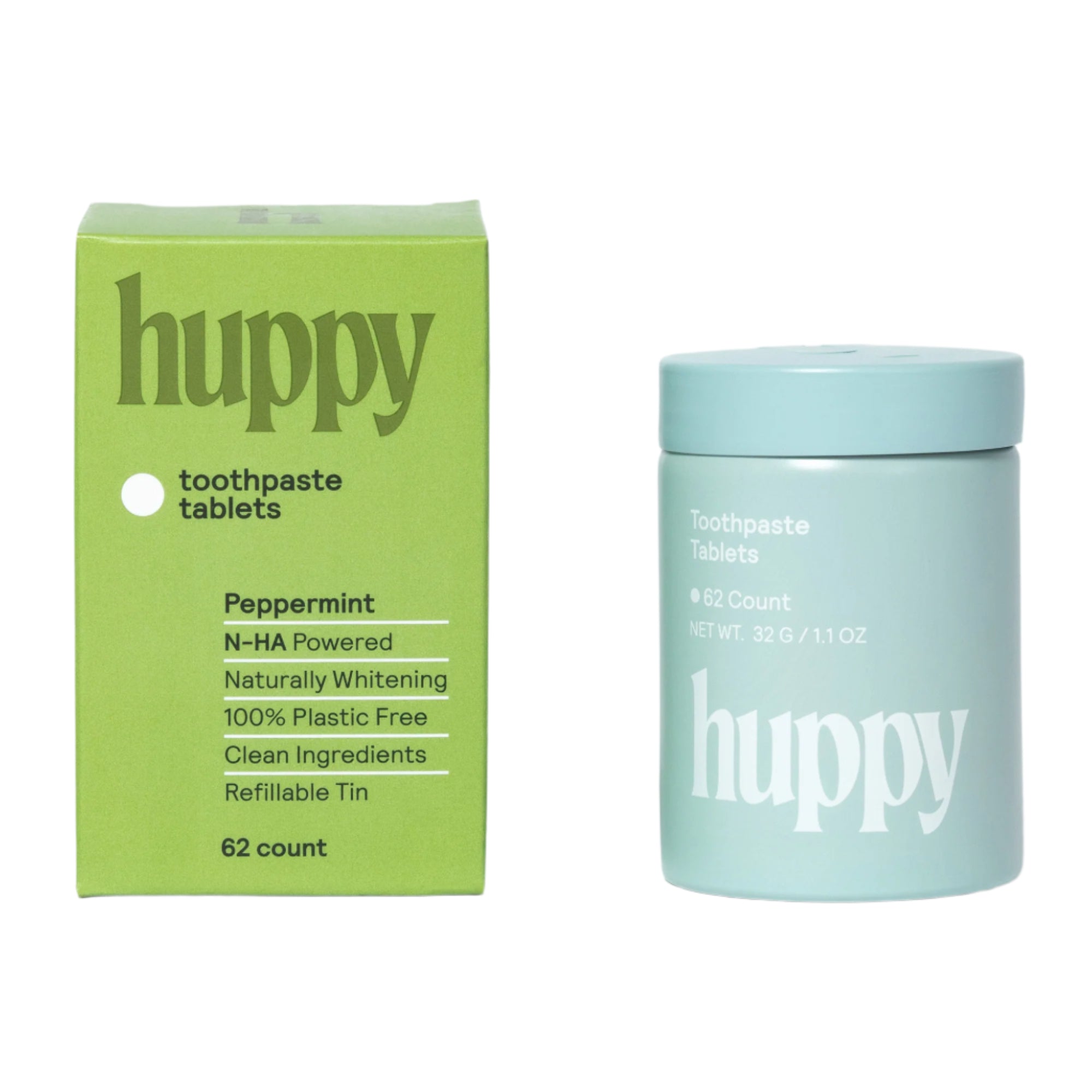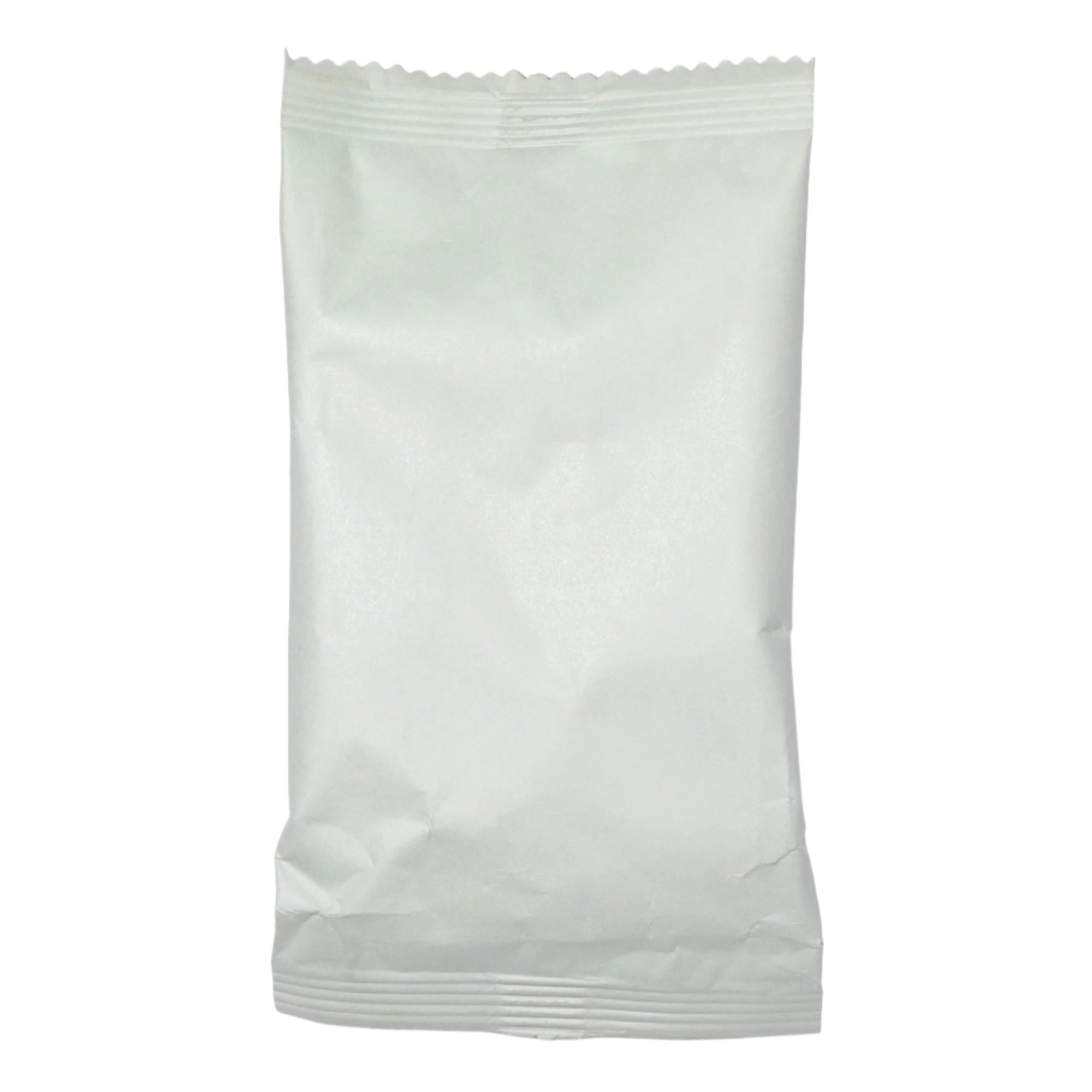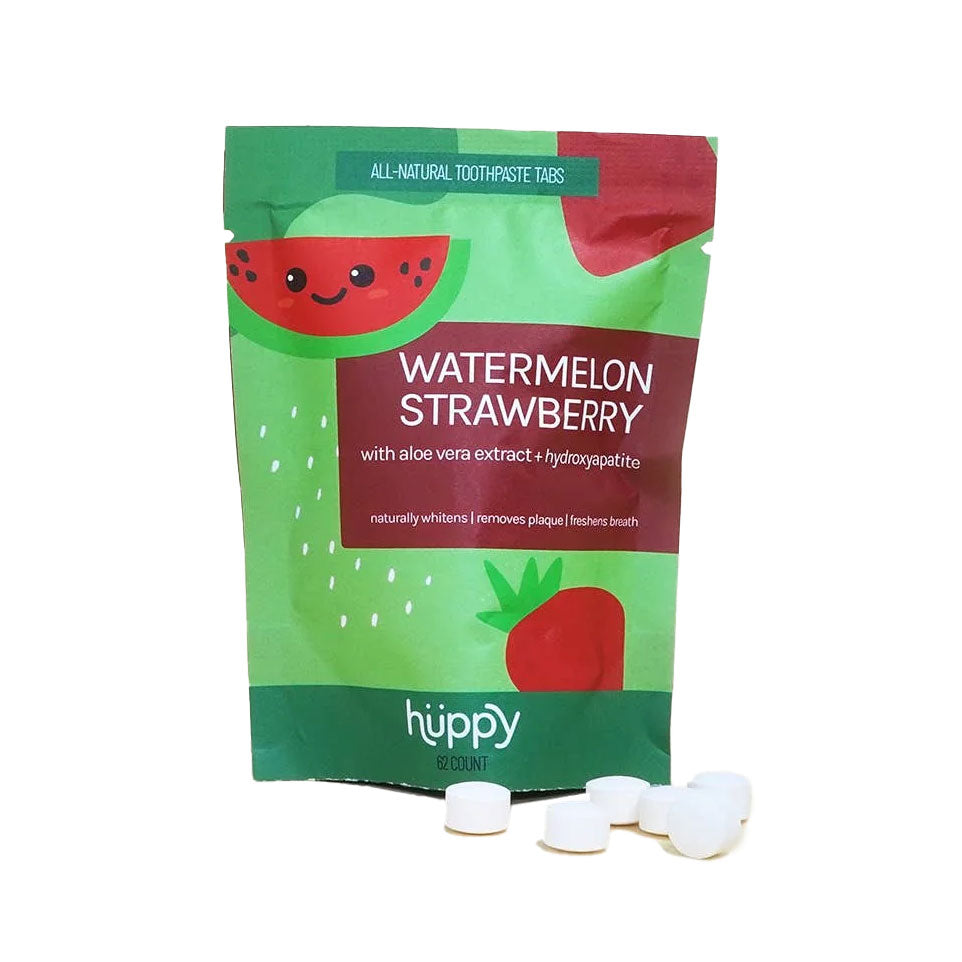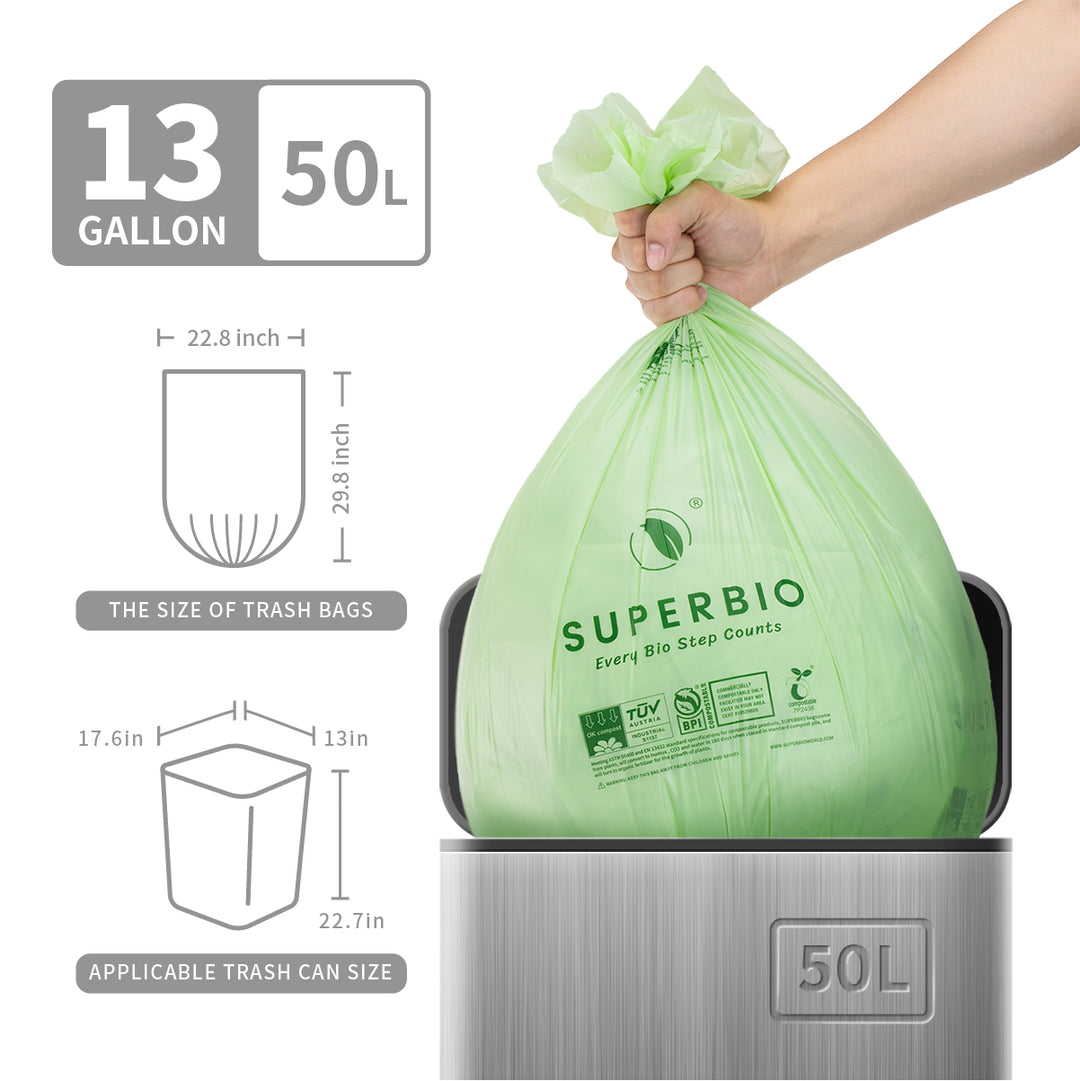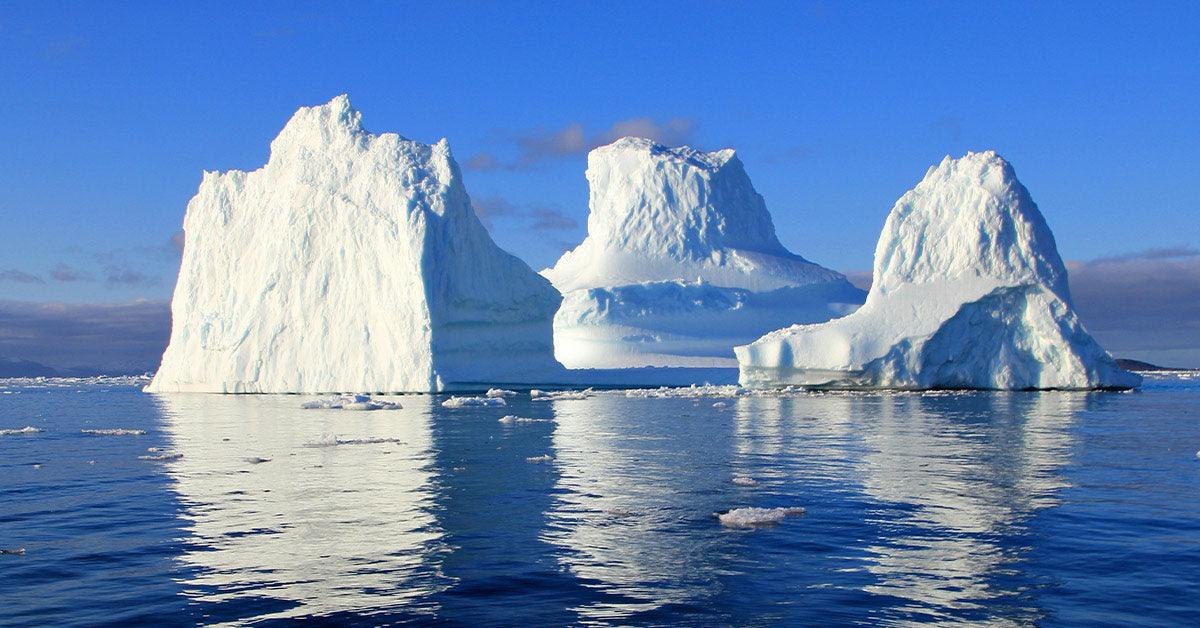Mysterious Cold Blob Stirs A Dangerous Mood In The North Atlantic
Just south of Greenland, a stubborn patch of cooler water breaks the planet’s warming pattern. While nearby seas heat up, this region has cooled by roughly up to 1°F over the last century, a feature scientists call the “cold blob” or “warming hole,” Smithsonian Magazine reports. It shows up on long-term sea-surface temperature maps as a conspicuous blue zone in a field of red.

The cold blob is a century-scale cooling patch south of Greenland.
Ocean Conveyor Slowdown Meets Atmospheric Feedback
One driver sits in the deep. The Atlantic Meridional Overturning Circulation (AMOC)—the ocean’s heat-moving “conveyor belt”—appears to have weakened in recent decades, making local waters less likely to warm, according to Smithsonian Magazine.
“We found the most likely answer is a weakening AMOC,” UCR climate scientist Wei Liu said in that report.
But the air matters, too. Penn State researchers show the atmosphere can reinforce the chill: colder, drier air above the blob reduces water vapor and further cools the surface. Their related work also traces how the atmosphere’s behavior can leave longer fingerprints than many assume.

Greenland meltwater freshens surface waters and slows sinking.
The North Atlantic Oscillation’s Thumb On The Scale
Long-term shifts in the North Atlantic Oscillation (NAO)—the pressure seesaw between Iceland and the Azores—intensify surface winds over the subpolar ocean. “When we would like to cool a cup of hot coffee, we stir the surface,” said Penn State’s Laifang Li. “That’s exactly what wind intensification is going to do.”
Their analysis suggests NAO changes can explain a large share of the surface cooling trend, even as ocean processes still play a major role.
Human Fingerprints: Circulation, Clouds, And A Strengthening Gyre
Multiple lines of modeling indicate the blob is tied to human-driven climate change. Large-ensemble simulations show that, beyond AMOC weakening, increased export of heat toward higher latitudes and a stronger subpolar gyre help form the warming hole, while cooler seas foster more low-level clouds that reflect sunlight and add to the chill, Carbon Brief reports.
Researchers stress that using the blob as a simple proxy for AMOC strength is risky because several processes shape it, according to the same coverage.

The North Atlantic Oscillation intensifies surface winds.
Weather Whiplash: From Jet Stream Kinks To European Heat
The blob isn’t just a map curiosity. By shifting temperature contrasts and storm tracks, it can disturb the jet stream and influence extreme weather on both sides of the Atlantic, Smithsonian Magazine reports. One proposed chain starts with Arctic meltwater that sharpens the cold blob, energizes winter storms, nudges the North Atlantic Current northward, and sets up summer blocking highs tied to searing European heat waves, according to Science.
Open Questions, High Stakes
Some scientists view the blob as an early sign of AMOC slowing; others point to wind-driven surface effects and caution that subsurface metrics may better reveal circulation changes, Scienceline reports. Still, the implications are clear enough: shifts in this region can sway sea level along North America’s coastlines and tilt the odds of heat waves or storms across the Atlantic realm.





























































































































































































